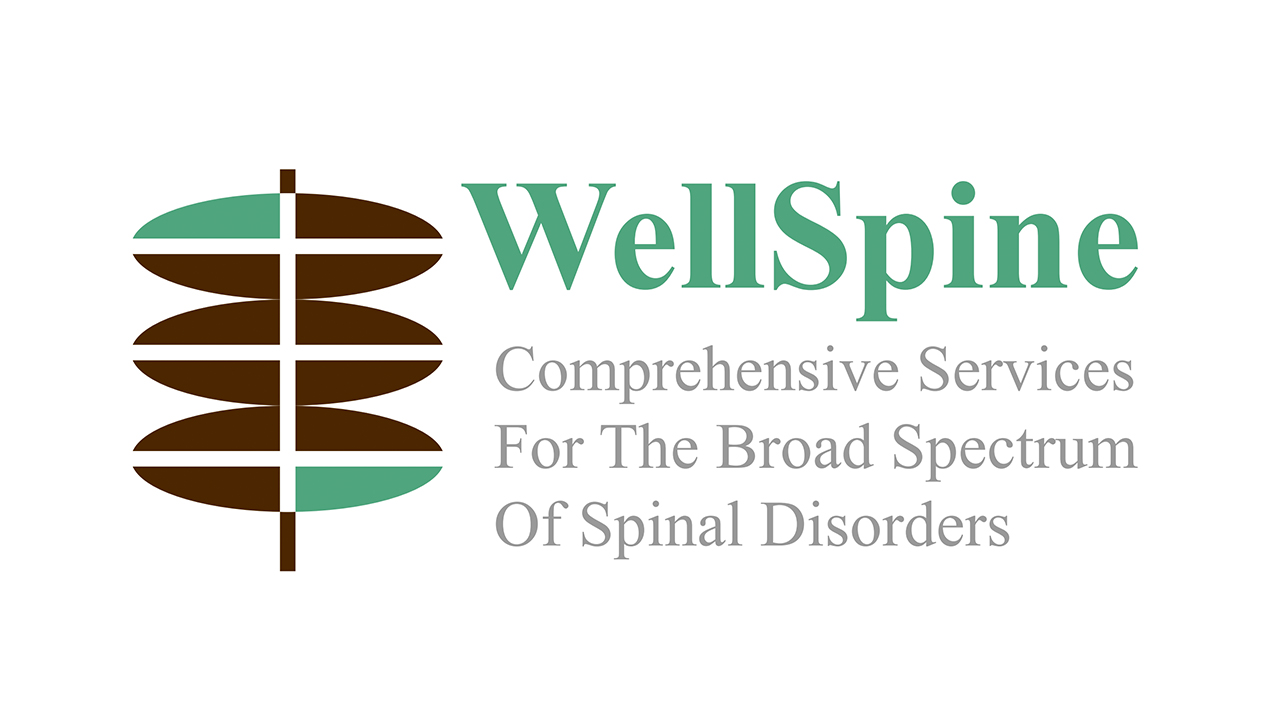Cervical Spinal Stenosis
Stenosis is a condition in which the structures surrounding the nerve tissue start to pinch that nerve tissue, cutting off the flow of nerve signals.
Cervical Spinal Stenosis Treatment
If your body seems to be rebelling against you these days, you may have developed a problem known as cervical spinal stenosis.
Neurological difficulties in the arms, hands or even the lower body may get their start as compression of the sensitive nerve tissue in the vertebral column of the neck.
When conservative treatment can’t relieve these issues, then you may need surgery to free the trapped nerve tissue. Our Dallas neurosurgeon here at WellSpine PA, Dr. Battle, can evaluate your condition and perform the necessary surgery with tremendous skill for the best possible outcome.
Get Informed
What To Expect During Your Doctor’s Visit
Our team is here to help make sure that your visit goes smoothly. Be prepared and expect the following.
Paperwork
You will fill out paperwork for the administration.
Nurse Check-up
Once they call your name, a nurse will do a brief check up.
Meet the Doctor
You’ll have a chance to discuss your condition with Doctor Batlle.
Next Steps
Once the doctor runs the assessment, you’ll receive treatment recommendations.
F.A.Q.s
Frequently asked questions about cervical spinal stenosis treatment.
What Is Cervical Spinal Stenosis?
The cervical spine is the topmost region of the spinal column, extending from the shoulder blades to the base of the skull. Like other parts of the spine, the cervical spine envelopes the spinal cord, a critical conduit that relays nerve signals between the brain and body. Several large nerve roots pass through narrow spaces between the cervical vertebrae, fanning out into the many nerves that control the upper extremities. Stenosis is a condition in which the structures surrounding the nerve tissue start to pinch that nerve tissue, cutting off the flow of nerve signals.
Why Does Cervical Spinal Stenosis Occur?
Cervical spinal stenosis may occur for a variety of reasons. Some people naturally have narrower spinal canals than others, making them especially vulnerable to the condition. Degenerative disc disease or a herniated disc can put pressure on the spinal cord or cervical nerve roots. If a nerve root is affected, you may experience pain, numbness, strange tingling feelings, or lack of strength in your shoulder, arm, hand, or fingers. If the spinal cord itself is affected, you might even lose control of your bladder, bowels, or lower extremities.
How Can a Neurosurgeon Help With Cervical Spinal Care?
If you’re lucky, conservative care techniques can help reduce the nerve pressure of cervical spinal stenosis. If, however, you need more advanced spinal care, pay a visit to WellSpine PA. Our Dallas, TX, neurosurgeon may need to perform a spinal fusion procedure to take pressure off of the nerve tissue. For instance, you may benefit from a posterior laminectomy, in which we enter the back of the neck to remove bone from around the spinal cord. As an alternative, we may enter the front of the neck to remove a herniated disc and fix the surrounding vertebrae in place, a procedure called anterior discectomy and fusion.
What do I do if I think I need spinal treatment?
If your cervical spine needs some expert treatment, treat it to the advanced services at WellSpine PA. Call our Dallas clinic at 214-819-9600.
Don’t see your question here?
Contact Us.
Email Us
info@wellspinepa.com
Call Us
(214) 819-9600
Dallas Office
12655 Central Expy, Suite 650
Dallas, TX 75243
Fort Worth Office
6491 Southwest Blvd.
Benbrook, TX 76132
Odessa Office
850 North Tower Drive, Suite 104
Odessa, TX 79761
